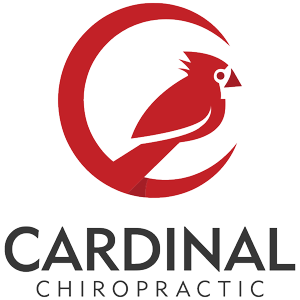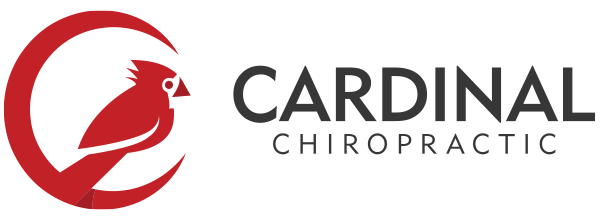Even in a pandemic, the ‘watch and wait’ approach to scoliosis is not advised.
 In these challenging times, it can be easy to forget to keep a complete check on our health. Sure, we are all trying to get enough exercise, keep check on our hearts and blood pressure, and look after our mental health… but what about your spinal health?
In these challenging times, it can be easy to forget to keep a complete check on our health. Sure, we are all trying to get enough exercise, keep check on our hearts and blood pressure, and look after our mental health… but what about your spinal health?
While not top of mind for many people, staying vigilant about any changes in our spines, including pain and any postural changes, is especially important. Regular at home checks of all family members can help with early detection of any spinal issues, which include scoliosis.
Especially for children who are at home from school, a change that might have been picked up by a teacher or sports coach might be overlooked by busy parents.
Have you noticed a change?
A change in your, or a loved one’s spine, may indicate the signs of a developing scoliosis. Visual changes like a visible curve, uneven shoulders or hips, or a prominent shoulder blade, particularly in growing children and adolescents, can all be warning signs.
It can be easy to downplay these changes. As we are urged to stay at home, we might prefer to think that they will resolve on their own, or be complacent with a promise to ‘get that checked when this is all over’.
Don’t watch and wait.
It’s been shown that ‘watch and wait’ is not a viable option in treating scoliosis. Ignoring a change in spine needs to be investigated and importantly, any delay seeking advice may mean symptoms develop further.
Particularly for growing children and adolescents, without assessment and management, the scoliosis is likely to progress over time and small curves have the potential to rapidly progress into larger curves. For older adults, seeking advice early about any postural changes or pain, can help to greatly enhance quality of life and prevent pain and progression.
It’s also been shown that early detection and then early intervention leads to better patient outcomes including wider opportunities for treatment and access to a range of non-surgical scoliosis treatment options including modern 3D bracing and scoliosis specific exercise programs.
Luckily, even in these uncertain times, scoliosis care is essential and accessible.
You may not have a scoliosis clinic near you physically open, or you might not be able to attend a clinic in person, however TeleHealth consultations mean you can be in touch with a professional for assessment, advice and support.
For now, and going forward, here are some practical tips to keep in mind:
1. Keep check on your, and your family’s, spinal health
2. Check regularly for any signs of scoliosis, especially in children
3. If you notice a change, don’t watch and wait
4. Be proactive in seeking professional advice for assessment, treatment and support
We are here to help, please don’t hesitate to contact us,

